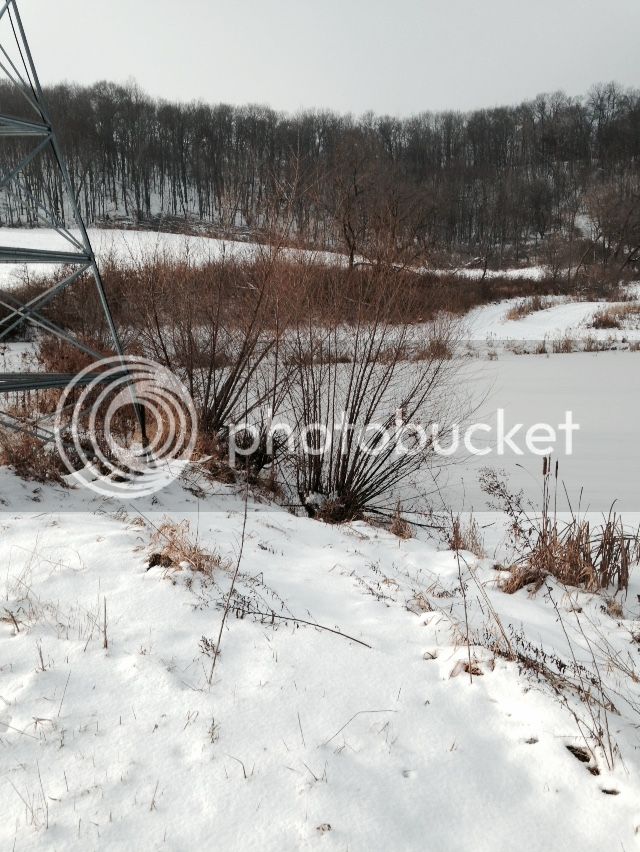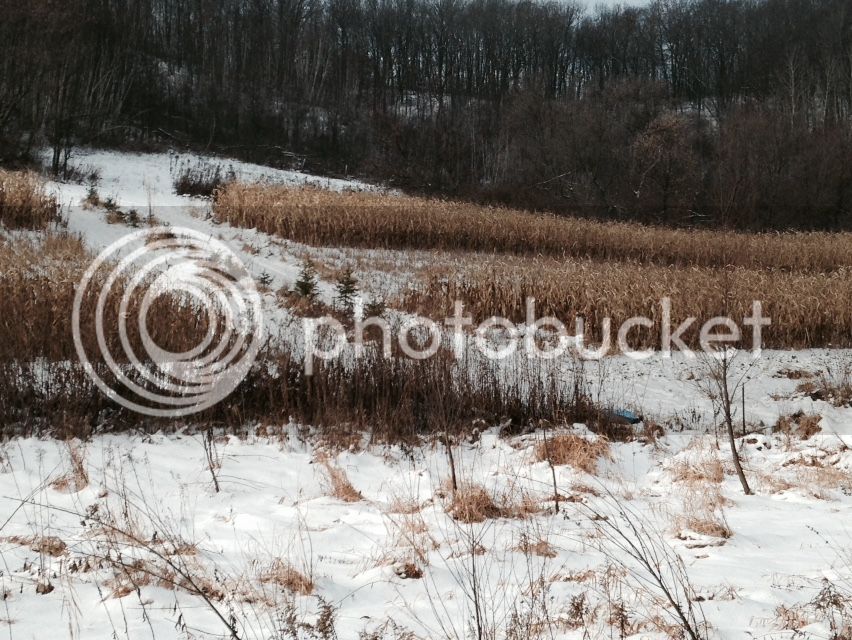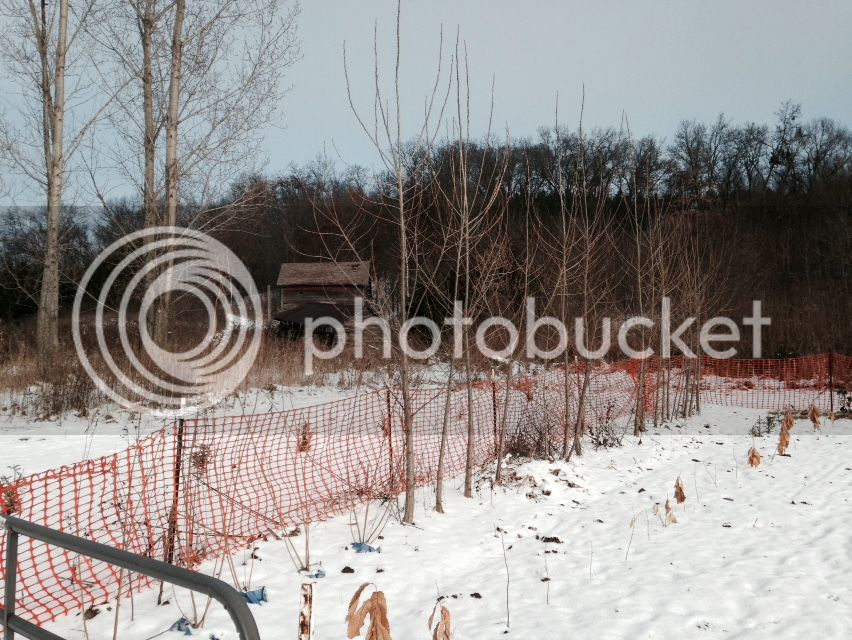D
dipper
Guest
I know John dabbles with dome of these large cuttings in more of a controlled environment. Just wondering if anyone else has, specifically in locations dominated by something like reed canary grass? I purchased a 3 pt. post hole digger this summer, and large cuttings could really improve the habitat in these deer deserts. I've already had success transplanting larger spruce, but getting some deciduous shrubs could be a real game changer.
Competing with canary grass can be an intense, losing battle. If I could get large cuttings growing without much prep work, these places could become prime habitat! I'm thinking 3-4' of cuttings in the ground and 3' above. No plastic, no herbicide, just a hole and bury a stick.
I haven't heard of anyone attempting this, and johns mega cutting threads really tripped a trigger in my head. I'm thinking Sandbur willow, and grey dogwood to start. Maybe some weeping willow too, but I don't have access to large cuttings at this time...
Competing with canary grass can be an intense, losing battle. If I could get large cuttings growing without much prep work, these places could become prime habitat! I'm thinking 3-4' of cuttings in the ground and 3' above. No plastic, no herbicide, just a hole and bury a stick.
I haven't heard of anyone attempting this, and johns mega cutting threads really tripped a trigger in my head. I'm thinking Sandbur willow, and grey dogwood to start. Maybe some weeping willow too, but I don't have access to large cuttings at this time...






